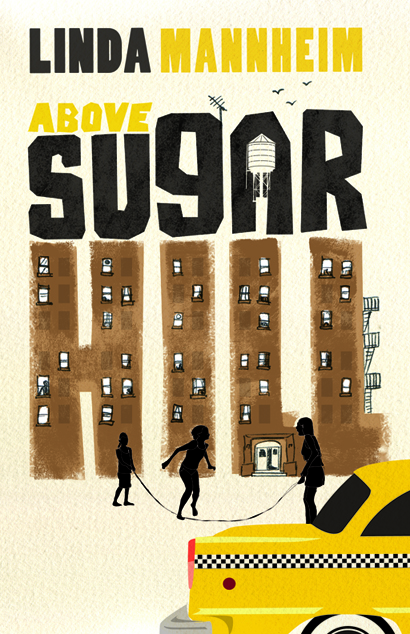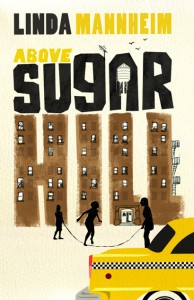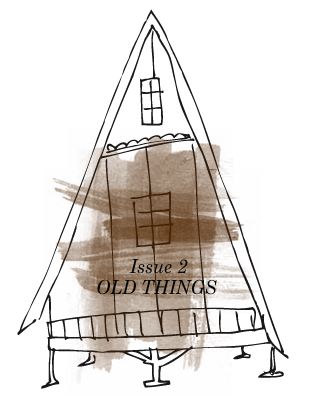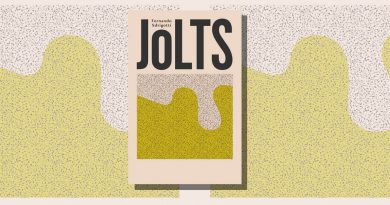‘Above Sugar Hill’ by Linda Mannheim
-Reviewed by Nick Murray-
It’s like all those snapshots of New York – Brooklyn and Manhattan – in the 70s and 80s that you remember seeing when you were young. Starting with grainy reruns of Sesame Street – complete with proto-PSAs, where afroed kids would perch their bellbottoms on doorway steps – to pictures your older self sought out or stumbled upon in a book about the time. Race divisions, block parties and first world poverty. Everything feels like early technicolour, still a little faded at the edges. Linda Mannheim’s New York is an unhesitant step into this very world, or perhaps it is a steady hand pulling it closer to the present. Face to curious face.
No matter how close it sits to reality, fiction is always fiction. (Insert the old diatribe of ‘even journalism is fiction’ and the appropriate knowing nods around the room.) Even so, Above Sugar Hill feels, from start to finish, like a set of stories told to you by a trusted and loved friend. That friend who’s a little older and has seen some things. You’d do well to listen and learn a thing or two. That is to say, every story in Mannheim’s collection feels about as real as fiction can get. The demonstrations and fists feel alarmingly close. The stories, though from different characters’ points of view, are all told in the first person. Huge events – political, city-sweeping and in one instance quite literally earth-shaking – are drawn down to the level of the personal. The cracked brick turmoil of New York City becomes an intimacy that you are invited to share. You are there to weep along with Nora as she looks over the neighbourhood where she sheltered as a child, empty of all the friends that took her in, or to wait patiently for Jimmy who was taken away by the FBI.
Mannheim is adept at representing a world by building a street. The stories are flawless in their structure, but it is the writing style that paints the mood that carries the narrative through. Her writing is lyrical and rhythmic. Descriptions grow line over line, like snail shells, each phrase filling out the last until the picture is complete.
When the side of a building falls, they are left out on the street at first in all their shame for the world to see – in T-shirts, pyjama bottoms, sweatpants, nightgowns, dirty old bathrobes. Dirty dirty dirty in the dirty dawn, even the clean getting dirty, even the freshly laundered smelling-like-soap shirt and still creased Easter dress covered in dust now, with exhaust, exhaustion from the block whose buildings lie hunched and tilted, lopsided, lunging from a half-century of soot, rainfall and arson’s smoke.
Who knows if the comparison would go down well, but so many of Mannheim’s descriptive passages have a feeling of the Beats (if they hadn’t been so bloody disenchanted all the time). It is poetic prose at its finest. Describing the small-scale struggles of the everyman, using precise repetition and just the right pinch of colloquialism, serves to bring that same immediately emotive writing into a time closer to our own.
Above Sugar Hill might be a stretch for those adverse to nostalgia or anyone who has had enough of New York filling the shelves and cinema screens, but if you’re at least a tiny bit curious this collection will hold you close to the very end.





